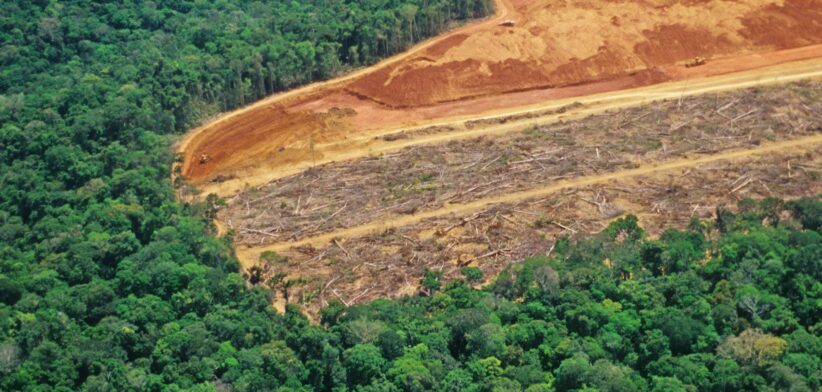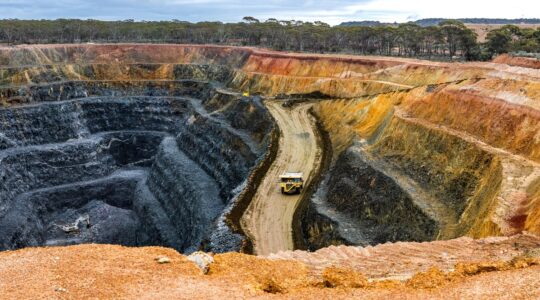Within two years almost half of Australia’s banks and superannuation funds will have set nature-related targets for their businesses, according to the Australian Conversation Foundation.
New research from the national environment organisation showed banks and super funds were increasing their awareness of how nature intersected with business.
Australian Conversation Foundation (ACF) Corporate Environmental Performance Analyst Audrey van Herwaarden said despite momentum building many institutions still had a way to go to mitigate the risks that came with a dependence on nature.
The ACF’s Risky Business report assessed how 10 banks and 10 super funds were addressing nature-related risks in their portfolios and revealed where progress was being made and where more action was needed.
It showed more institutions had performed nature-related assessments in 2024, than when the survey was conducted in 2022.
“This momentum is expected to continue, and in the next two years, we expect that 40 percent of financial institutions surveyed will have set nature-related targets,” Ms van Herwaaden said.
The report found that when it came to assessing and disclosing nature risks and setting targets, banks were progressing more quickly than super funds and while nature risk had been elevated as a materially-financial risk, policy and strategy to address the risk was lacking.
“Our society and economic systems depend entirely on the health of our natural world, so the ongoing destruction of nature has serious implications for financial institutions,” Ms van Herwaarden said.
She said Australia was set to be one of the worst affected by the decline in nature, with forecasts estimating losses of $20 billion per year in GDP by 2050.
“The financial sector has a special responsibility for reversing the nature crisis because it finances industries that have the most impact on nature.
“Our analysis shows banks and super funds still have a way to go to mitigate the risks – and seize the opportunities – associated with their impacts and dependence on nature.”
Ms van Herwaarden said banks and super funds needed to assess and disclose their exposure to nature-related risks and set targets to manage loans or investments that were causing nature destruction.
“Australians want to know they are not unwittingly financing the extinction of much-loved animals like the koala, or the collapse of rainforests, via their savings.”








